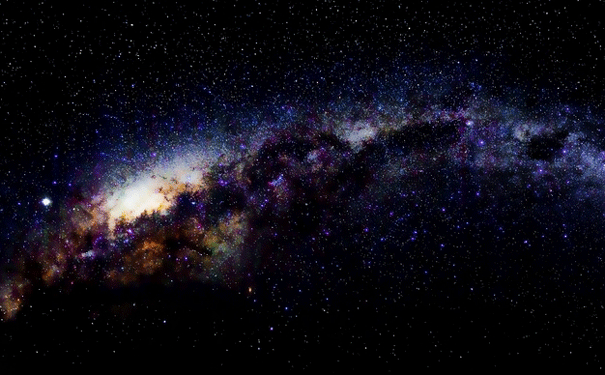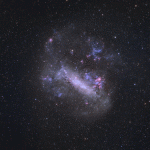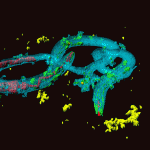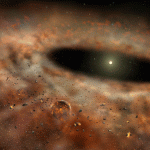
There are between 200 and 400 billion stars in the Milky Way, all of which could have up to 100,000 nomad planets. Image: Volodymyr Goinyk/Shutterstock
There could be quadrillions of planets adrift in the Milky Way.
Nomads don’t follow the normal definition of a planet — they are not orbiting a star and are therefore not bound to a solar system. Scientists recently suggested there could be up to 100,000 of these drifting planets for every star in the Milky Way; and with 200 to 400 billion stars in the Milky Way, the total number of planets could be in the quadrillions.
There isn’t a great inventory of nomad planets in the galaxy, according to Kavli Institute for Particle Astrophysics and Cosmology research associate Louis Strigari, lead author of the study published in the Monthly Notices of the Royal Astronomical Society. “Still, it’s possible that maybe within a light year of us going out toward the nearest star, there could very easily be a few of these planets floating around for us to find.”
A dozen nomad planets were detected in 2011 when researchers looked for stars whose light is momentarily refocused by the gravity of a passing planet. These bodies will not only change the definition of planet, they may affect theories of how planets form.
The nomads may have been ejected from their solar systems after a close encounter with a Jupiter-sized planet or binary star. However this would only account for one or two planets per star, according to professor Dimitar Sasselov from Harvard University.
“When we consider larger nomad planets floating around today, it’s important to recognise that the ones that formed in a protoplanetary disk and then were ejected probably account for only part of the total number we expect,” he says.
Another theory is that the larger nomads form independently in the same molecular clouds gas and dust that form stars. “Theoretical calculations say that probably the lowest-mass nomad planet that can form by that process is something around the mass of Jupiter,” Strigari says.
“So we don’t expect that planets smaller than that are going to form independent of a developing solar system.”
There has also been speculation that these planets could be transporting and sustaining life. Some of the nomads could be large enough to retain very dense, high-pressure blankets containing molecular hydrogen atmospheres, surface ice or liquid water that could trap heat and sustain life.
The proof of this could be found on the Earth — if it became a nomad planet, life would go on in the form of microbes and at least two species of nematodes. “Because the internal heat of the Earth is going to continue at this level for at least another five billion years, this entire deep biosphere is going to be completely uninhibited by the Earth becoming a nomad planet,” Sasselov says.
Source: Kavli Institute for Particle Astrophysics and Cosmology






